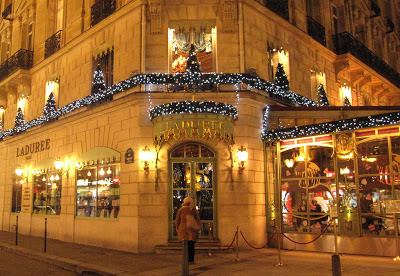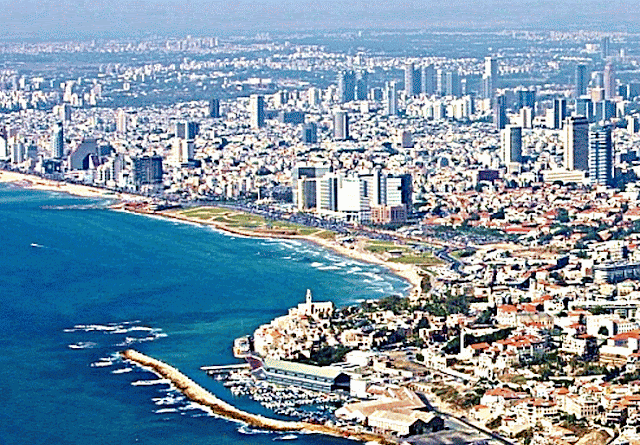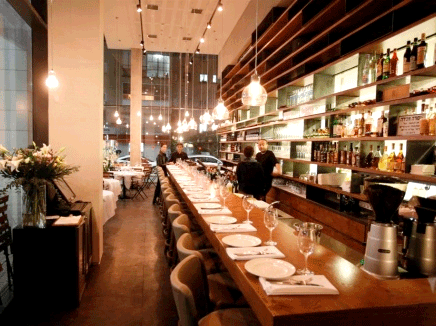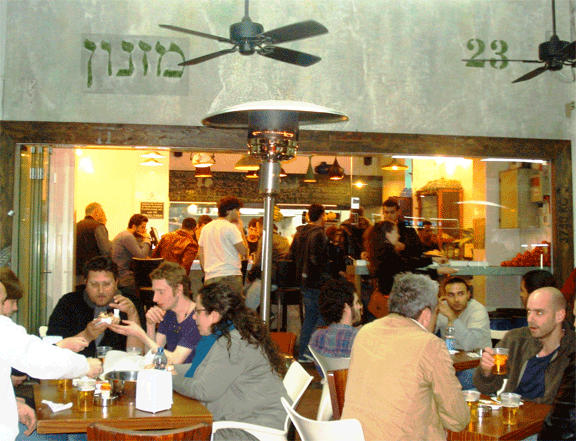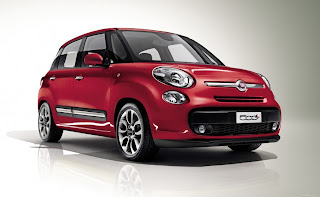You could start with veal carpaccio with sea urchin, brown butter, hazelnuts, and meyer lemon, followed by oyster stew with scallops, clams, potato, sunchoke, and watercress, and conclude with a piece of toasted brown sugar apple cake for dessert.
As for wine, how does a chilled bottle of Jacques Selosse Initiale Grand Cru Côte des Blancs Brut champagne sound? It will set you back $295.
Reynard in the Wythe Hotel, Williamsburg
So, just where is the Wythe? Downtown, Uptown, Mid-town?
Actually, it is out of town, so to speak, in Brooklyn's Williamsburg neighborhood, home to 45,000 Hasidic Jews (and where Chaim Potok's novel The Chosen takes place).
A generation ago young, affluent professionals abandoned Manhattan for Brooklyn, seeking more and cheaper space to raise their families.
They did not, however, want to give up the blandishments they were used to in the Big City. And so, gentrification quickly followed in areas like Cobble Hill, Park Slope, and later in Williamsburg.
Manhattan? No. Marlowe & Sons in Brooklyn
Unsassuming corner markets and workaday diners were replaced by organic grocers and purposefully funky but nonetheless pricey restaurants.
In the early part of the last decade, the once derided borough ceased being just a desirable place to live. Suddenly it was a dining destination for city dwellers hoping to find the next big thing.
By that they did not mean the neighborhood Greek restaurants of Astoria or the Russian ones in Brighton Beach that knowledgeable New Yorkers had long enjoyed.
Also Read: The Truth About Brooklyn's Overhyped Restaurant Scene
The food that the yupoisie demanded was the same as what they could get all over Manhattan. Except now they were willing to schlep to Brooklyn to get it.
But I digress.
The Luxurist is not always a contrarian. He does not believe in fighting the tape. He indeed has sampled some of Brooklyn's supposed charms.
He leaves it to you, beloved reader, to decide if venturing forth from Manhattan is worth the trip.
For those so inclined, click here for a recent Financial Times report on the hip dining scene in getting-trendier-by-the-minute Williamsburg.
Bon appetit. And do not forget your Metro Card.







